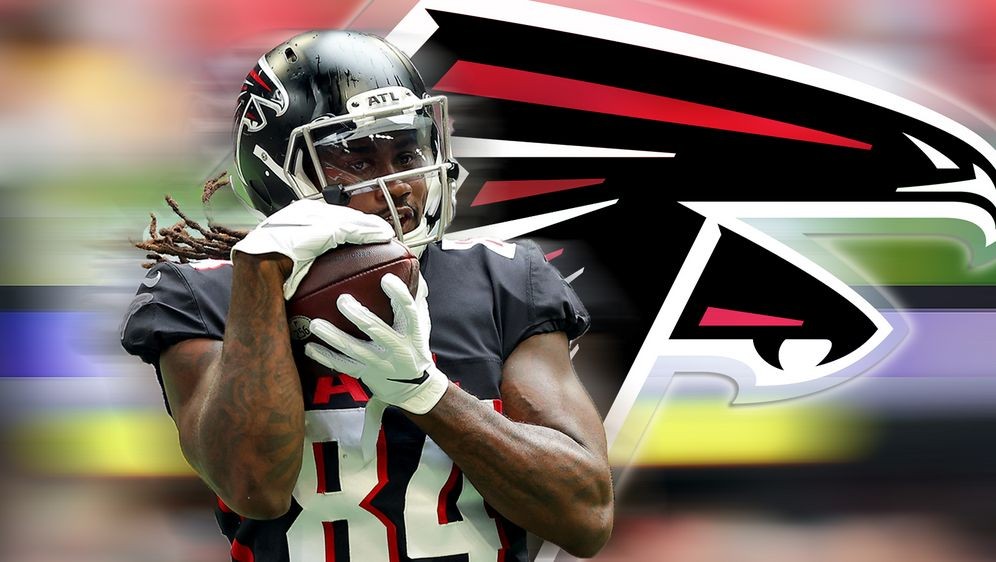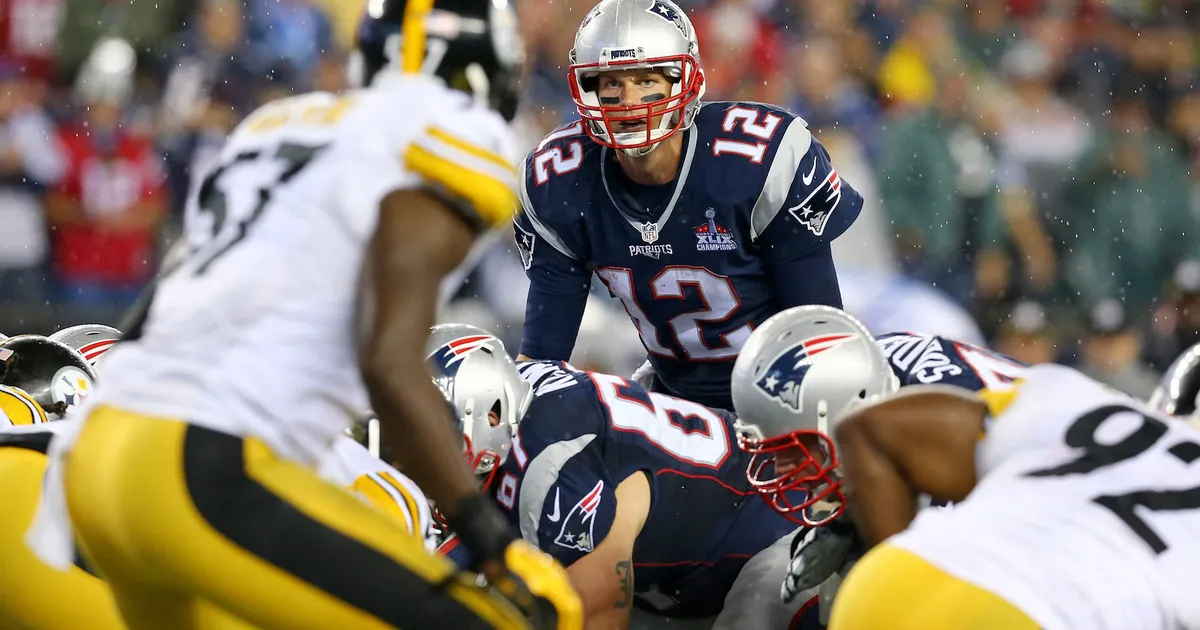Running backs are getting paid less and less in the NFL. But the clubs are making a big mistake. Because they think way too much in fixed categories. One comment.
What really counts in the NFL? Sure, wins! Wins are the ultimate currency. And what is imperative for that? Space and points!
Since the NFL was founded, no position group has scored more points than running backs.
Kickers haven’t, wide receivers haven’t and tight ends certainly haven’t! And yet running backs are getting paid less and less – an absurdity.
Clearly, in the last century, running backs also played a very different kind of football than they do today, but that’s precisely why it’s all the more astonishing that they’re paid so poorly.
Everybody gets more money – except running backs
“If you just look historically at what that position means to football, you see that no other player touches the ball more. Emmitt Smith, Barry Sanders were players I loved. They played at the highest level for a very long time. But even in this day and age, there are guys like Derrick Henry who do nothing but deliver for their team on a regular basis,” 49ers star Christian McCaffrey aptly put it on “The Rich Eisen Show” recently.
In a thriving league that pays its players more every year, and more importantly, even more money, among all the position groups, only the running backs have to take a back seat. In 2017, a ball-carrier still got $12.1 million if he was franchise tagged.
In 2023, it is only 10.09 million. The sums did not decline for any other position group. Quite the opposite. They grew rapidly. But NFL clubs make a big mistake in evaluating their running backs because they too often think in fixed categories. The players, they say, are interchangeable.
Clubs too often think in fixed position groups
Running back is a title. A grouping of players that must be summed up. But a running back’s value to his team can be captured differently. Few positions are more flexible. Today’s RB is no longer the RB of yesteryear.
And therein lies the problem: club officials often think too much in terms of fixed position groups when it comes to salaries. A top wide receiver gets X amount. Other clubs take their cue from that and pay their best receivers similar sums.
But that doesn’t work with the running backs. At a position that is now more variable than almost any other in the NFL. The blocking skills of a tight end, the catching skills of a wide receiver, running skills and most importantly the value of taking the one-dimensional out of the game. The defence has to adjust to so many possibilities.
If a club’s running back – like Austin Ekeler last year, for example – has significantly more receptions than all wide receivers and similar yards to your second-best pass catcher, then that franchise doesn’t have to bluntly put him in a running back salary category either.
The added value of these players is so much higher, teams just need to think more flexibly!
Running backs actually worth much more
Naturally, college clubs find plenty of players just waiting to burst into the NFL. But each running back brings his own style of play that can help teams in different ways. Incorporated perfectly into an offense, it can often make all the difference. It’s hard to compare that to wide receivers running their routes and catching balls.
Christian McCaffrey, Austin Ekeler or Josh Jacobs have completely different characteristics than Derrick Henry or Dalvin Cook and yet clubs try to squeeze all players into one category and compare salaries – and most importantly, squeeze them!
“When you see what a Saquon Barkley brings to the New York Giants or a Josh Jacobs brings to the Las Vegas Raiders – these are top players who are there for their team in critical moments. They carry the ball, they catch the ball, they create opportunities, they make the opposing defence think. That has a high value to me,” McCaffrey sums it up.
A high value that NFL clubs unfortunately hide far too often under the guise of replaceable running backs.






Comments
No Comments